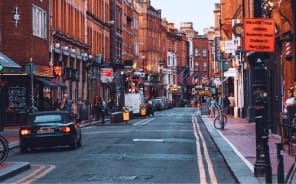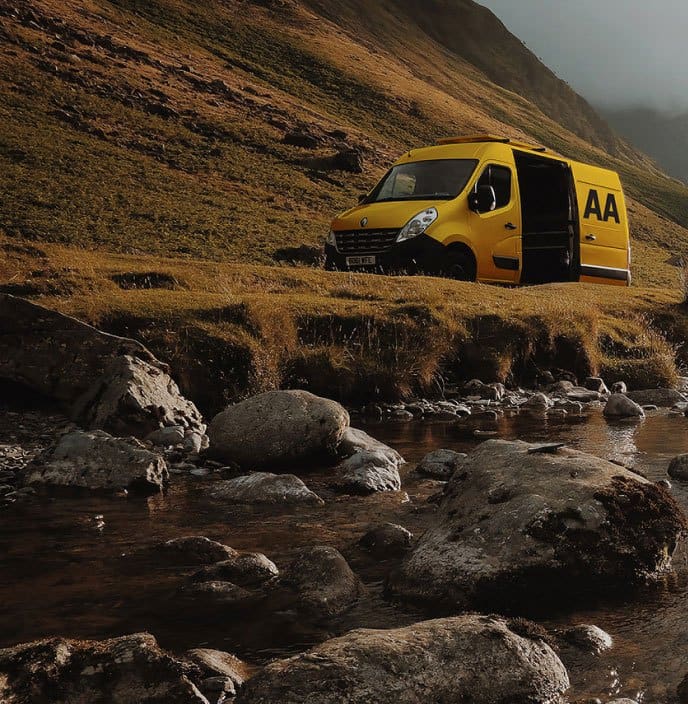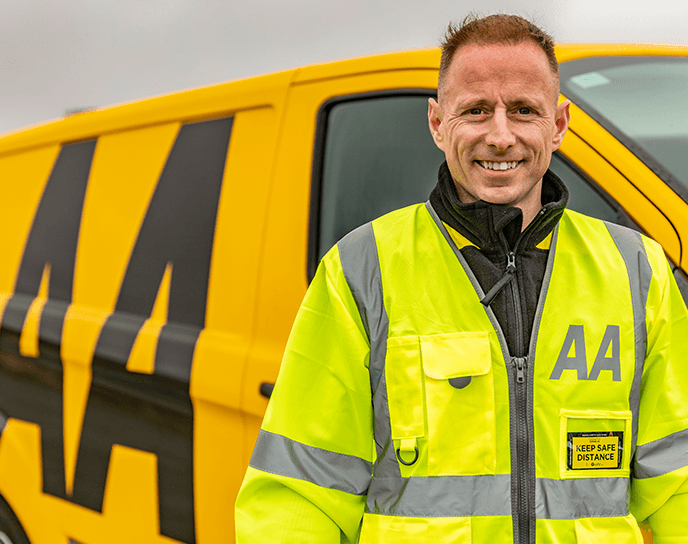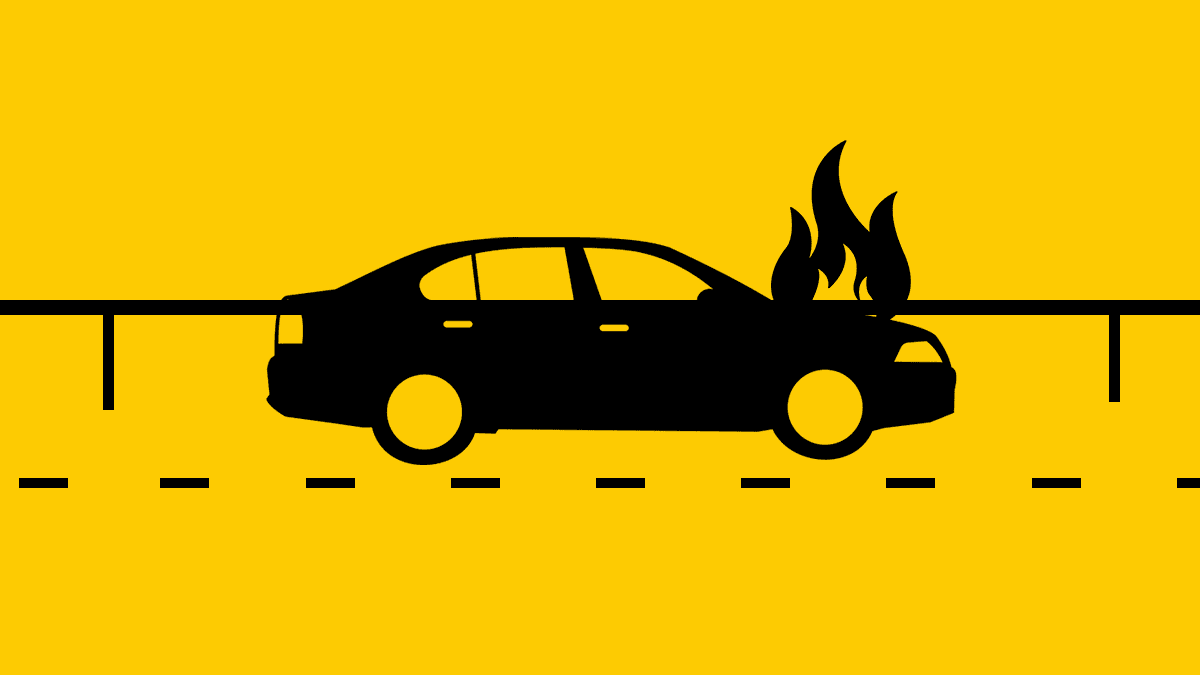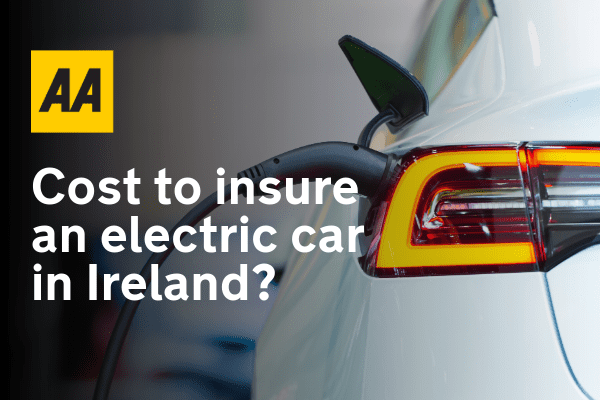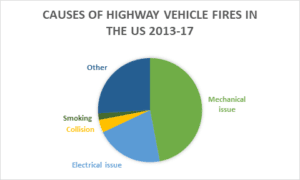
Collisions
Fires can also result from collisions, especially if the vehicle is badly damaged and fuel leaks onto hot components. DFB say that this is also, thankfully, rare: “modern car design takes into account collisions, and as such, [they are] designed to prevent fire following a collision.” The data from the US showed that only 4% of car fires on the roads were caused by collisions, but those tend to be serious – two-thirds of deaths associated with car fires happened when there had been a collision first.
Batteries (for EVs)
While electric vehicles do not run the risk of fuel leaks, there is still a combustion risk from lithium-ion batteries, especially at hot temperatures. Fires caused by or affecting the battery of an EV may need different treatment, and a damaged battery could reignite hours later if it retained a charge.
Tyres
Tyres can also catch fire and are particularly hard to put out. Poorly inflated tyres rubbing against a solid surface on the chassis can reach ignition temperatures, or a failed brake lock system can cause heat too.
To know more about protecting your car from fires, read our guide on ‘What is Third Party, Fire and Theft Insurance’.
Surprising other causes
James Long identified some surprising causes of vehicle fires, too – a cigarette stub thrown out a window can be sucked back in as the vehicle moves and may burn in the backseat without a driver noticing. This has become much less likely to pose serious problems in recent years with flame-retardant seat covers a legal obligation for manufacturers, but it could cause a problem if there were papers or some other flammable material on the back seat. Fallen autumn leaves or branches under a vehicle in a parking spot can also get drawn into a vehicle’s catalytic convertor as the driver starts the engine. Similarly, debris on the roadway can get caught in wheels or axles and cause friction fires – this can be a cause of truck fires, according to the Australian Road Transport Suppliers Association.
Can a parked car catch fire?
An extremely rare but possible cause of a fire in a parked vehicle is refracted sunlight from a reflective object – a non-tinted pocket mirror left on a seat, for example, or in this unusual case, a bottle of water. This is unlikely to develop into a full fire, given that seat covers must be flame-retardant, but could burn holes in upholstery if left unchecked.
Worried about your car catching fire? Check out the AA Car Insurance. We offer fire protection for your car via Comprehensive Car Insurance and Third Party Fire and Theft.
What do I do if my car catches fire or I see smoke while driving?
Stop, pull into a safe place if possible, get all passengers out of the vehicle and call the emergency services. As James Long points out, “the electrical system can get compromised in a fire and that could affect your central locking”, so you don’t want to delay leaving the vehicle. If it’s safe, you could use an extinguisher to tackle a small external fire, but don’t put yourself at risk – as DFB remind us, “a car can be replaced, you can’t”. Long also advises against opening the bonnet if smoke is coming out, as you could inadvertently make matters worse by introducing more oxygen to the flames.
Step away from the live lanes once you get out of the car, and get behind a crash barrier if there is one because other drivers may not see you with smoke or flames in their line of vision. Stay well away from the vehicle – both DFB and James Long cite toxic chemicals as a risk to those near car fires, especially if the refrigerant or other fuels start to burn, and there is a danger of injury from smoke inhalation.
DFB assure us that cars don’t tend to explode outside of Hollywood, but “tyres can pop, and boot/bonnet struts can fire off like missiles”. There have also been recorded cases of gas springs shooting from the car, so you don’t want to stay too close. If you can see or smell fuel after a collision, it’s best to err on the side of caution and move away from the vehicle too.
It’s also worth telling the emergency services what type of vehicle it is from the offset and if you were carrying any flammable cargo that would require different treatment. A fire in an electric vehicle usually needs more water than an ICE one, and their batteries need careful treatment, as they have been known to suddenly reignite hours later.
How do you prevent a car fire?
Keeping on top of your vehicle’s maintenance and getting it serviced regularly is the best way to avoid a spontaneous fire, given that around 2 in 3 roadside fires are caused by mechanical or electric faults. Never ignore a warning light on your dashboard; if your vehicle is part of a product recall, don’t wait to return it. You might avoid some short-term inconvenience, but it could result in a much larger problem or even serious injury if a fire broke out.
The older your vehicle is, the more important it is to keep on top of your maintenance. In the US, roughly three-quarters of the fires attributed to faults in 2017 involved cars that were at least ten years old. Also, some faults develop over time rather than suddenly, especially if caused by fraying electrical wires, insulation or rubbing of fuel lines. This means a regular service might catch the issue before it catches fire. The AA offers an approved car service from trusted garages around the country.
This blog is part of a series on road safety. See here for our guide to dealing with all types of road incidents and here for how to change a puncture. If you’re looking for AA Car Insurance, you can get a quote here.

